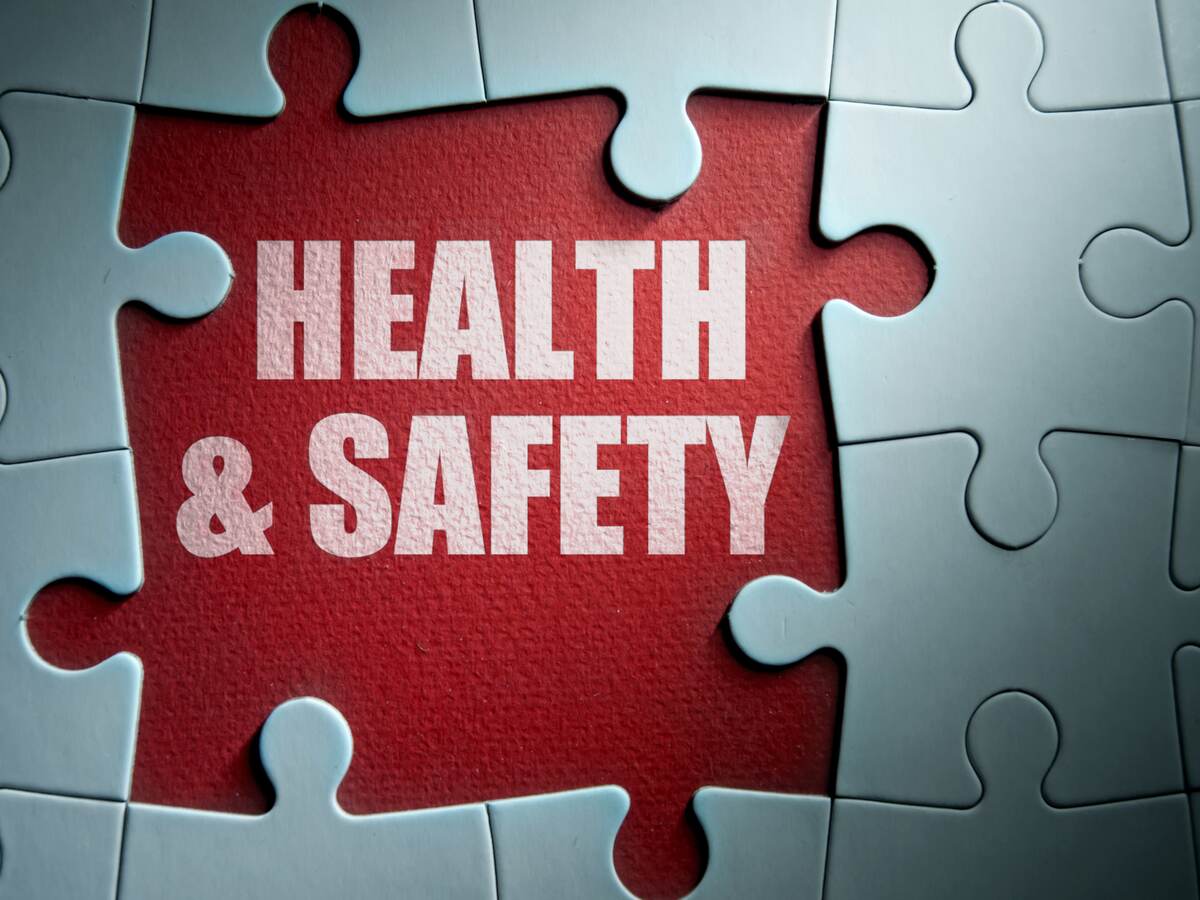June 30, 2015
Many companies maintain separate health and safety functions – one dedicated to employees’ well-being and another committed to their protection. These silos have been traditionally kept apart because of the specific expertise and processes required in each area. In addition, the U.S. regulatory environment reinforces the separation: Occupational Safety & Health Administration oversees working conditions with no corresponding regulatory role for worker health.
In fact, these two departments are intrinsically linked: unsafe working conditions can affect employee health while unhealthy employees are a safety risk at work. Integrating these two functions can improve effectiveness and reduce costs.[1] The Integrated Benefits Institute found that poor employee health costs the U.S. economy $576 billion per year. Around the world, more than 313 million workplace accidents occur annually, according to the International Labour Organization. Accidents cost employers an estimated $2.2 trillion worldwide and result in more than 2.3 million deaths per year.
When two functions are so fundamentally connected to the condition of employees and the bottom line, how can we get them to collaborate? UL brought together dozens of thought leaders, from academics to corporate executives, to answer this question. The group collectively identified seven actions organizations should take to integrate workplace health and safety:
1. Use a holistic approach: Treat health and safety as one function by designing initiatives — from wellness programs to reporting processes — that incorporate both health protection and health promotion.
2. Make a commitment: Ensure that health and safety activities are key contributors to an organization’s value system, not just a cost of doing business.
3. Present the business case: Express value in terms senior executives understand. They intuitively know that healthy workers are more productive, but may need empirical evidence to justify investments.
4. Create an overarching management structure: Create lines of authority and reporting processes to encourage effective communications among all parties. While senior executives may have competing priorities, a collaborative structure helps open up the lines of communication from bottom up to top down, as well as across departments and functions.
5. Prepare for a new profession: Redefine professional roles and responsibilities to better meet current business, health and safety management needs and trends.
6. Support a culture of continuous learning: Learn from behaviors and conditions that create risk (leading indicators), not just past accidents (lagging indicators). This continuum of insights helps both employees and employers actively identify threats.
7. Get everyone involved: From participation in health and wellness initiatives to the formation of reporting and learning teams, involve the entire organization in order to foster a culture of health and safety.
Ultimately, while organizations may face challenges integrating their health and safety departments, the benefits of unifying the two functions are clear. Coordinated health and safety programs create greater transparency for uncovering risks and promote a culture of prevention and well-being, benefitting both organizations and their employees.
To learn more, review “Through the Eyes of the Executive, Creating a Healthier and Safer Workplace,” an ebook summarizing UL’s leadership conference on workplace health and safety.
[1] “Through the Eyes of he Executive, Creating a Healthier and Safer Workplace,” p. 8, UL white paper, Feb. 25, 2015.

